A beginner's guide to kayaking
Kayaking is an exciting and hugely popular paddlesport, open to all ages and abilities. The premise of the sport is to use a double ended paddle to propel your boat forward, and because the basics of this are so straightforward, it’s suitable for anyone, whether you’re ten years old or sixty five.
Skip to:
Benefits of kayaking
- Full-body cardio workout: Of course you’re going to work your arms, but kayaking actually uses all of the main muscles groups as well as getting your heart pumping, so it’s arguably better than a gym workout.
- Sociable: Kayaking is a great sport to do as part of a group, whether that’s joining a club and chatting to new people whilst you paddle, or bringing your family and friends along with you for a picnic.
- Good for your mind: Being in the great outdoors and fresh air is always good for you, but the action of paddling itself is also really therapeutic, making this a great sport for destressing and calming your mind.
- Versatile: Once you’re comfortable paddling, there’s so many options open to you, whether you’re content paddling up your local river or fancy taking your kayak in the surf or rapids.
Getting started kayaking
If you’re completely new to paddlesports, it’s a good idea to look for an introductory course or taster session at your local watersports centre. They’ll be able to get you confident with the basics in a safe environment with qualified instructors.
If you’re feeling more confident, there are hundreds of clubs all over the UK who organise recreational paddles, and they’ll be thrilled to welcome you into the kayaking world and more than happy to give you a few pointers where necessary.
Find your nearest paddling club here.
Buying a kayak
If you’re confident that kayaking is for you, you might be keen to invest in your own kayak, so you can get out on the water whenever suits you. But surely buying a kayak will be really expensive, right? Well, not necessarily. Brand new kayaks can be bought for as little as £300. If you’re willing to shop around, you could pick up a second hand kayak for even less. Great places to look are Ebay, Gumtree or try asking around and your new paddling club – you never know who might be selling an old kayak on, and you may even get a cheeky mate’s rates deal on it.
Shop kayaks now.
Inflatable vs. Hardshell
- Transport: An inflatable kayak will be much lighter and easier to carry. Also, if you opt for inflatable, you can smugly pack your kayak into the boot whenever you want to hit the water. If you go hardshell, you’ll need to use roof racks. It’s worth investing in some roof rack pads and proper straps to keep your kayak safe and avoid any damage to the boat or your car. You can shop our range of roof rack pads and straps here.
- Durability: If you have a hardshell kayak, you’ll need to be careful of knocking or scraping it anywhere, as dents and scratches can be expensive to repair. That said, a puncture in your inflatable kayak can be just as frustrating, so even though it can bounce off the rocks that might damage a hardshell kayak, you’ll still need to be careful.
- Manoeuvrability: This is obviously dependent on your own skills and abilities, but generally hardshell kayaks are easier to turn and will give you more control, although they can be less stable.
- Ease of use: Though an inflatable kayak will save you from messing around with roof racks at home, once you get down to the water you’ll have to spend a chunk of time pumping to up, which will eat into your paddling time. On the other hand, a hardshell just needs to be taken off the roof and then it can go straight on the water.
Tips for beginners
- It’s important to be able to swim at least 50 metres before you try kayaking for the first time, as you may get separated from your kayak should you capsize.
- Don’t go out alone, find a friend (ideally someone with more experience than you) to accompany you, and always tell someone ashore if you’re heading out.
- In the early days, go somewhere familiar and be aware of any hazards, such as rocks or busy shipping channels. Although motor boats should generally give way to paddle, they are likely to be less manoeuvrable in narrow channels, so give them and yourself plenty of space.
- You should always check the tides before going kayaking in the sea or an estuary. Even the strongest paddlers will struggle against a big tide and you don’t want to find yourself getting swept out to sea. If you’re unsure about the tides, stick to lakes and reservoirs where you won’t need to worry about them.
- Make sure you always wear a buoyancy aid on the water, if you ever become separated from your kayak, you need to be able to stay afloat. Shop our wide range of buoyancy aids here.
What next?
Once you’re happy paddling around, there’s several different options for how you can progress in the sport. If you’re more of an adrenaline junkie, then you can build yourself up to taking your kayak down the rapids or into the surf to catch some waves. However, if you’re the competitive type, there’s the option to progress to national regattas at both junior and senior level, in the sprint and slalom disciplines. Sprint is just a flat out paddling race on a straight course over either 200m, 500m or 1000m, whereas slalom will have you navigating a series of gates set up over a 250m course of rapids.
If racing and waves aren’t for you, or you’re looking for a more family-friendly approach, get a group of you together with a picnic and head out to explore your local coastline or rivers. You can even strap a tent on your kayak and make a weekend of it!
--
Written by Eliza Tilbury
Updated on 9th January 2020
Originally published on 20th June 2019 in Kayaking










































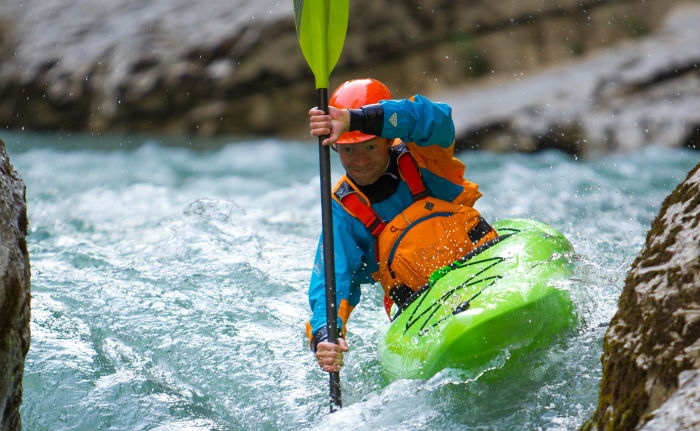


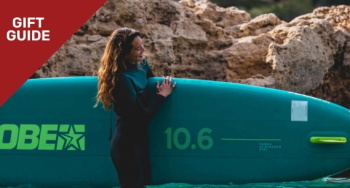

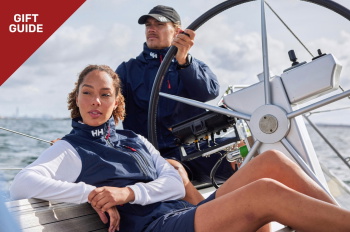
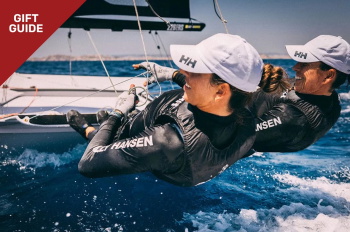
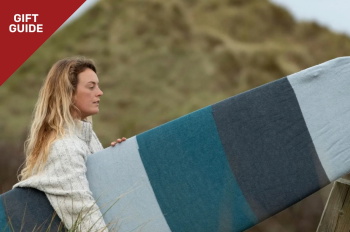
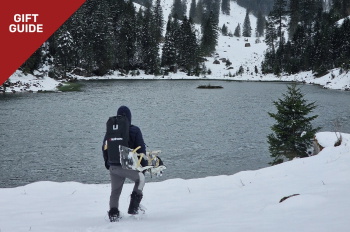
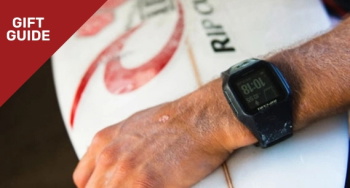



 Visit the US site
Visit the US site  Continue to ES
Continue to ES